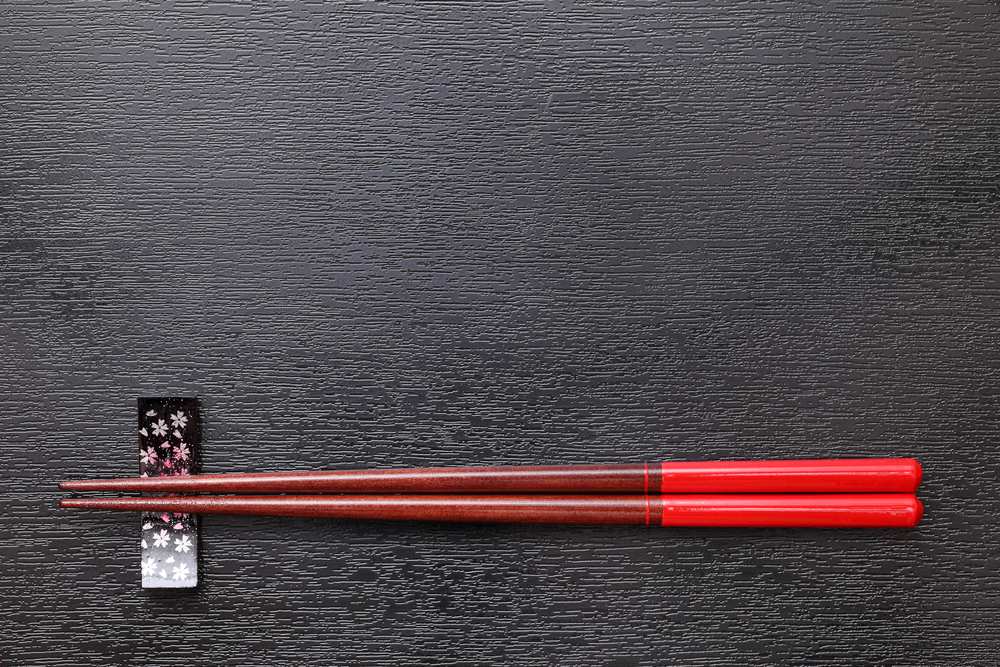Although I work and live in Sydney, my role is entirely focused on Asia, which means I am constantly learning the many subtleties of the insurance cultures I encounter.
I am, of course, under no illusion I will ever understand it all. Understanding the appropriate seating arrangements for meetings in Japan alone could take the rest of my working life. However, with the Asian century upon us, and this being the energetic Year of the Horse, now is a good time to take a ride through Asia’s insurance landscape.
The Market’s History
Although Asia includes some of the world’s oldest civilisations, the region’s life insurance history is far shorter.
Life insurance has been sold in Asia for the last two centuries. Initially, the market consisted of multinational American and European companies, selling mostly to expatriates, with domestic insurers entering later and focused more on the local populations. Reflecting this history, today’s Asian life insurance market is a mix of domestic and multinational companies.
Many Asian countries have seen significant expansion in wealth and very material improvements in access to health care, which has spurred growth in the life insurance industry.
Demographics
The differences in the underlying demographics of the countries should not be understated. According to the World Health Organisation, Japan in 2013 had 32% of its population over 60 years old, whereas in the Philippines, only 6.3% were over 60 years old1. These differences are driving differing products, sales channels and distribution practices. There are efforts to develop products targeting seniors in much of North Asia, while juvenile products remain very popular in other markets.
For three of the world’s most populous countries – China, Indonesia and India – the wealth of actuarial data available for issues can be breathtaking. Equally stimulating and challenging, however, can be the dearth of data in other areas. Simply acquiring an accurate picture of population mortality rates by age can be quite challenging in certain countries or regions.
Products
In Asia, living benefit and health insurance products are exceptionally popular, and the market for Cancer Only products is strong as well. Many of these products are offered with premium guarantees and continue for the life of the policyholder. These products are also often frequently bundled with savings products, with premiums payable as a single payment, with a limited payment period (with the cover continuing), or with continual payment. Several Asian countries with significant Muslim populations are also seeing growth in takaful2 sales.
Interestingly, many markets in Asia, even well-established ones, do not sell products that differentiate by smoker status. This is a standard rating factor in Australia and in many other countries. Non-Asian actuaries often question the lack of segregation of policyholders to more precise premiums. The issue, however, is not simple. The reluctance to alter the rating factors is pragmatic. Distributors lack appetite for differentiated products, and given the potential difficulty in gaining product approval from regulators for smoker-distinct rates, this is not a top priority for the market. Additionally, in many Asian countries, the proportion of people (particularly males) who smoke cigarettes is relatively high. To have appropriate smoker-distinct rates may require additional medical testing, as a simple non-smoker declaration may not align with an insurer’s views of what constitutes a non-smoker.
Companies are aware that if another player were to start offering smoker-distinct rates the market could change – and quickly – but for now it is an interesting point of
difference.
Languages
Each Asian country has its own regulations, business culture and market practices.
The different languages can also be an issue, as policy documents and sales aids must be produced in local languages, and translations can be of varying quality. For any multinational company or professional working in this area, linguistic clarity is vital, as a mistranslation could result in covering items or individuals that were not intended.
There are also business terms specific to life and health insurance that mean different things in different countries. For example: ‘Permanent Disability’ can range in definition from a broad ’inability to work’ requirement to a very tight ’paralysis or loss of limbs’ requirement. ’Full Underwriting’ can mean complete medical testing and a full family history on every individual, or no medicals and a set of standard questions that exclude family history. I seem to be constantly asking, "What do you mean by ’x’?"
Currencies
Most might think currency issues would be straightforward. However, in Asia, they can have interesting complexities. Policyholder assets and liabilities can be in many
currencies, including ones other than that of the country where the policyholder resides. To meet consumer demand, many insurers in Asia will write business denominated in currencies from other countries – quite frequently in US dollars, but in other currencies as well. This business needs to be well-managed: companies must carefully manage their exposures to currency fluctuations, and more complex financial underwriting controls may be required to assess appropriate insurable interest at the time the policy is sold.
Currencies also can confuse an actuary, especially when it comes to the manner in which numbers can be expressed. In India, monetary amounts can be stated in Indian Rupees (INR), Lakhs or Crores, and the (,) in the Indian system is placed at points unfamiliar to me. One Lakh, for example, equals 100,000 rupees, but is notated as 1,00,000 rupees, and one Crore equals 10 million rupees, but is notated as 1,00,00,000 rupees.
Regulations and Risk
Like insurance regulators all over the world, Asian regulators continually watch their markets to consider capital adequacy requirements, assess new products for market appropriateness, and supervise companies to ensure market stability. Each country’s regulatory body has its own rules and interacts differently with the insurance companies under its purview. Some are hands-on in the product development cycle, while others tend to focus more on company and industry capital and risk.
Because of some high-profile data breaches in Asia and elsewhere, data privacy is causing a significant amount of work for insurance companies that do business in the region. Although actuaries love the idea of ’Big Data,’ insurance companies around the world need to address increasingly significant and explicit data privacy issues.
In some countries, this has already restricted the ability of data analysts and actuaries to work remotely with the data an insurance company has collected, and could also restrict the ability of multinationals to access their own data across borders. The strategic importance to insurers of utilising their own data appropriately will mean, for some time to come, a continued focus balancing the use of the data they capture with their obligations to respect their customers’ privacy.
Miscellany
I have been constructing a predictive model of expected air conditioner temperatures in our Asian offices. Most of the offices I visit are in the Northern Hemisphere, so in July, while Sydney shivers with cold and wet, Hong Kong is uncomfortably hot and humid. Unfortunately this gives me no clues as to what to pack for any business trip. Right now, the air conditioner settings in many of the Asian offices I visit seem to be inversely correlated with whatever I am wearing that day, and seem to have little relationship to the temperature outside or any other variable. (I am open to suggestions on any additional variables I can test.)
No commentary on working in Asia could be complete without mentioning food! I would recommend trying a cake or tea made of Sakura (cherry blossom) in Japan and tasting the Jeju black pig in Korea, but I don’t feel the need to seek out chicken gizzards or loofah again.
Finally, as I spend a fair amount of time travelling between Australia and Asia, I have a few simple travel recommendations:
• Take direct flights where possible; they will get you where you are going quickest.
• Always pack a change of work clothes in your carry-on bag, in case your luggage doesn’t arrive. No one wants to be the only one in a meeting wearing track pants.
Overall
The Asian life insurance industry is exciting and dynamic, with a wealth of opportunities for companies and individuals willing to seek them out. The changing dynamics in many Asian countries requires innovative and collaborative thinking about the opportunities and ways to mitigate risks.
I am exceedingly grateful for my Australian actuarial education and that most Asian business people speak English, as I speak no Asian languages. Fortunately, numbers and data transcend language. And I can use chopsticks.



